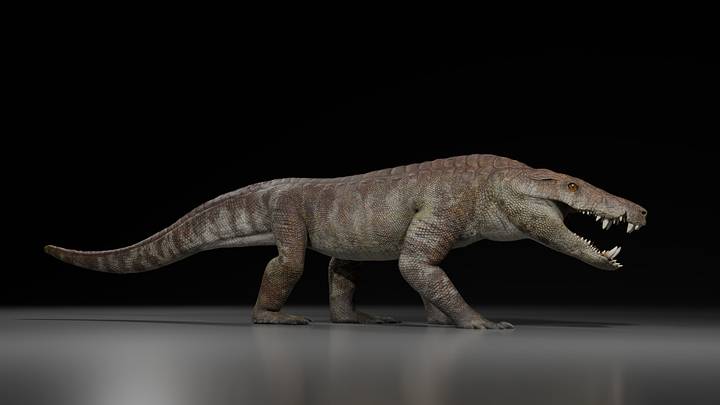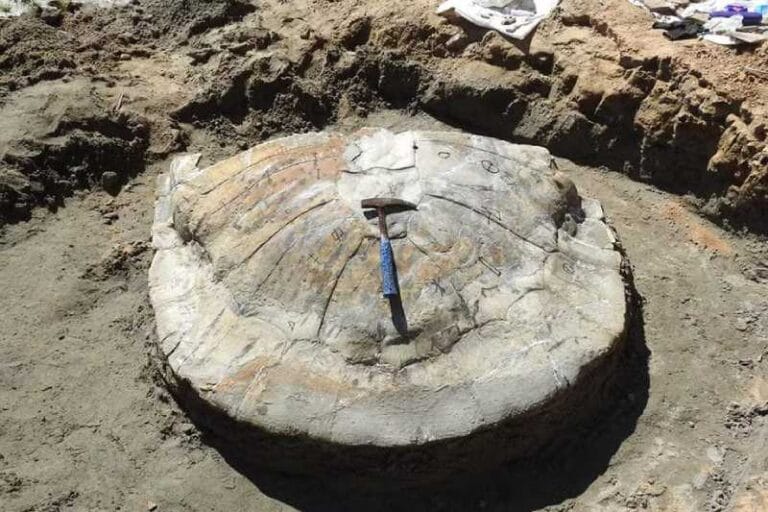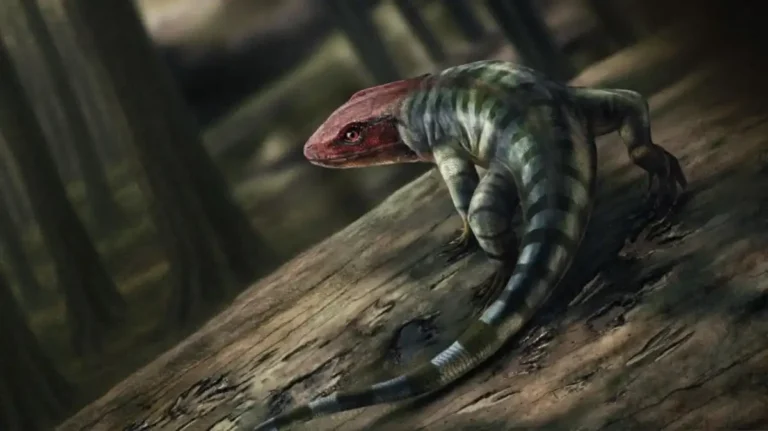Prehistoric dolphin could hear high-frequency sounds
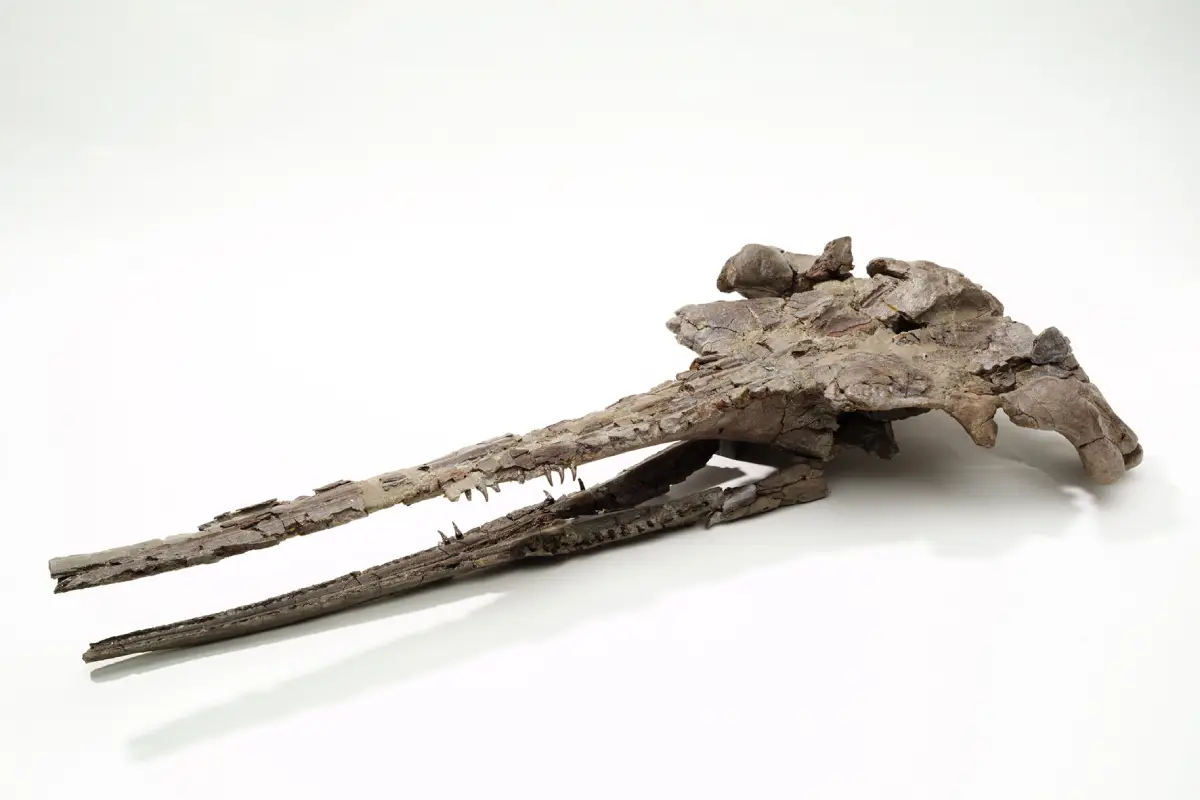
A team of researchers led by SNSB paleontologist Gertrud Rößner has identified a new species of prehistoric dolphin. Analysis of the fossil’s inner ear indicates that this dolphin had excellent high-frequency hearing, similar to today’s dolphins. This animal lived approximately 22 million years ago in a coastal area of the Paratethys Sea in the Miocene, located in present-day Upper Austria.
The shallow sea in which the dolphin lived, along with other organisms such as microorganisms, algae, snails, mussels and fish, extended north of the newly formed Alps. The fossil was found at a site near Linz and belongs to a new species and genus, named Romaleodelphis pollerspoecki by researchers from the Bavarian State Collection of Paleontology and Geology (SNSB-BSPG), the Ludwig-Maximilians University (LMU) in Munich, and the Senckenberg Research Institute and Museum of Natural History in Frankfurt.
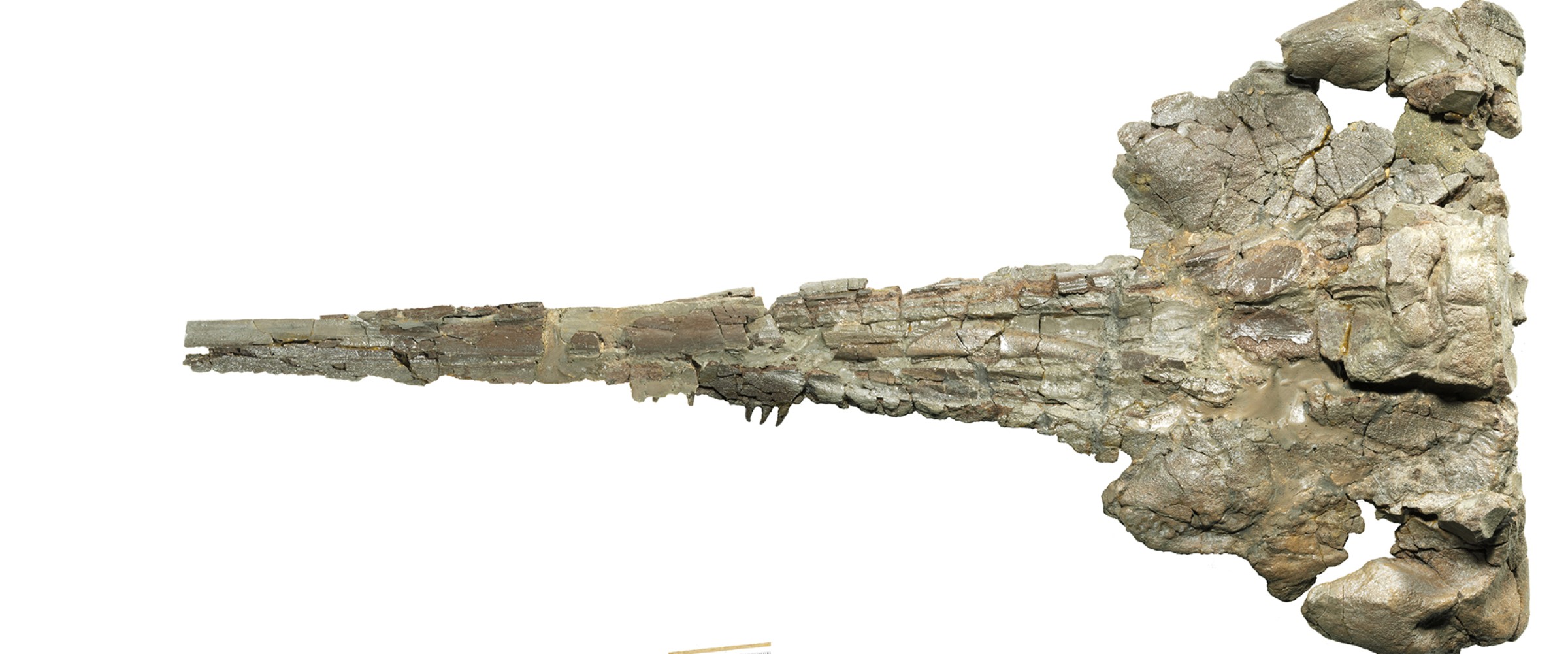
“All the material from Romaleodelphis pollerspoecki is limited to a fragmentary skull with an elongated snout and 102 uniform teeth,” explains Catalina Sánchez Posada, who studied the fossil for her master’s thesis. This dolphin belongs to the toothed whales, but has significant differences from the other prehistoric representatives of this lineage.
A computer analysis of the evolutionary relationships with other fossil dolphins suggests that Romaleodelphis is possibly related to archaic dolphins of the Chilcacetus clade, known only from the northeast Pacific and South America. “The discovery of a possible European relative of this lineage offers new insights into the origin and evolution of toothed whales in the Miocene,” says Dr. Rößner.
The skull fossil is very compressed and distorted, which made anatomical examination challenging. Computed tomography images taken at the LMU University Hospital made it possible to reconstruct internal features of the skull. Analysis of the inner ear revealed that Romaleodelphis had a bone structure that suggests an ability to hear high-frequency signals, similar to that of modern porpoises. This ability may be related to the development of echolocation, a typical characteristic of modern dolphins.
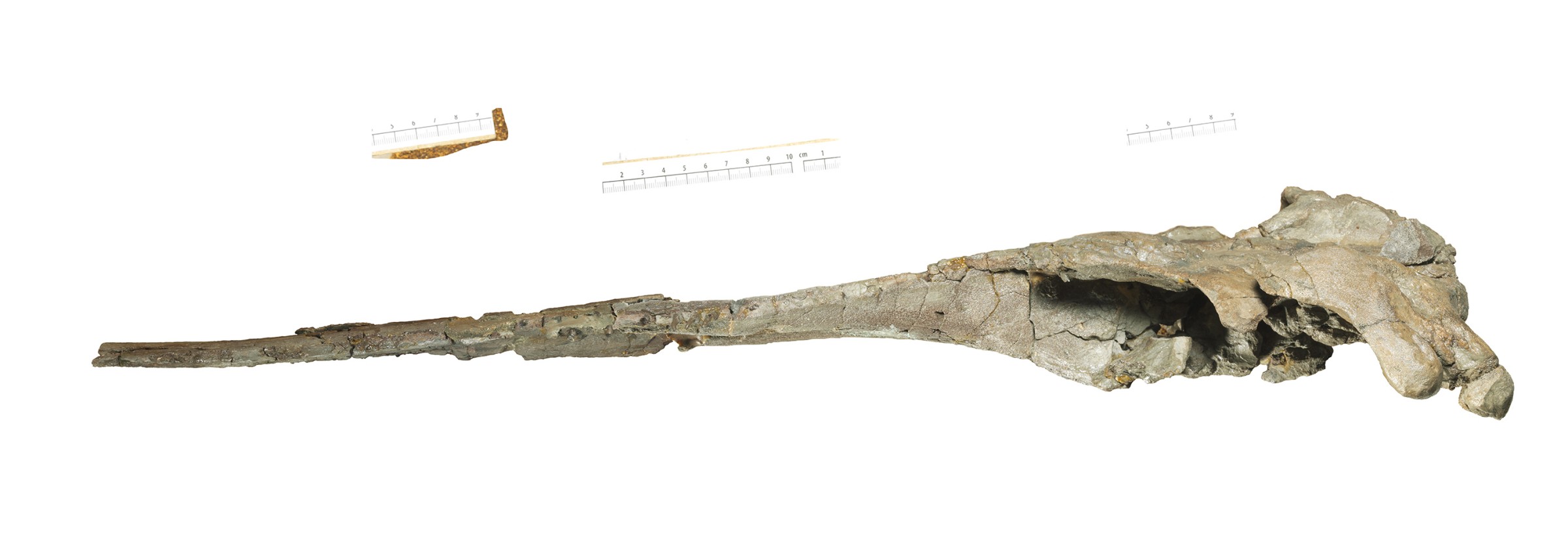
The fossil was discovered in 1980 by collector Jürgen Pollerspöck, who donated it to the Bavarian State Collection of Paleontology and Geology, where it was restored and stored.
The work was published in the Journal of Vertebrate Paleontology.

